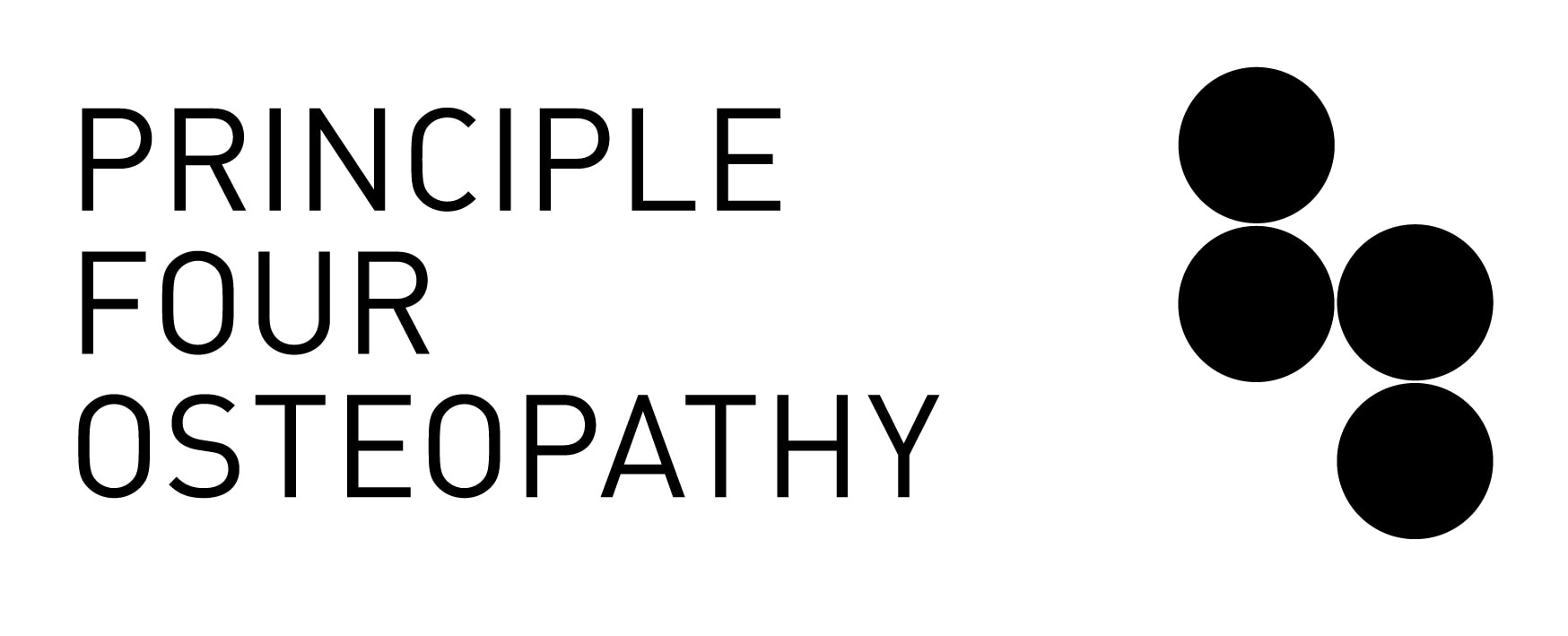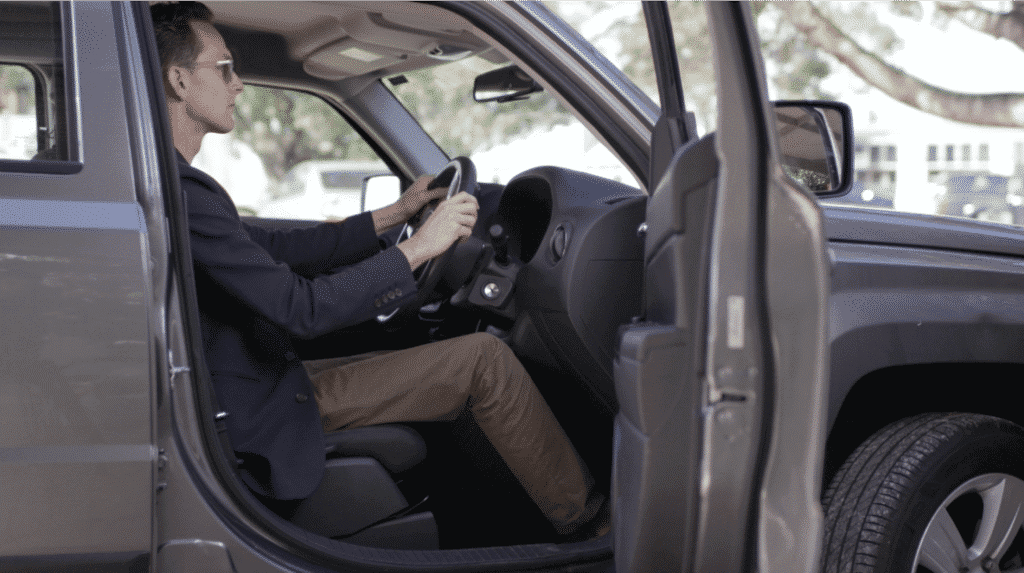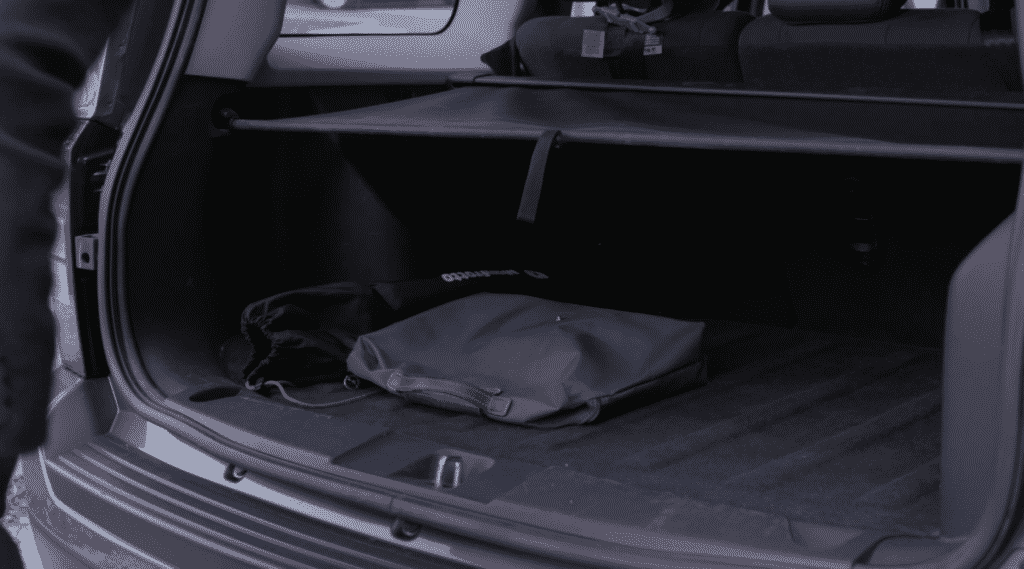Vehicle Ergonomic Considerations For The Client and Health Practitioner
How many of your clients consider the following features when purchasing a new vehicle?
- Seat dimensions and adjustability + steering wheel + mirrors/cameras
- Space for entering and exiting the vehicle
- Space for working within the vehicle when stationary
- Storage options for manual handling items in and out of the vehicle
Typically clients will focus on size, aesthetics and safety features first, followed by perhaps comfort and fuel economy. When it comes to individuals dealing with musculoskeletal complaints such as lower back pain, sciatica, knee pain, neck pain and upper limb pain, these are the 4 areas I spend most of my time with. Below are simple tips and strategies to help minimise ones risk of developing or aggravating pre existing musculoskeletal complaints.
Space For Entering & Exiting The Vehicle
This is height of the vehicle off the ground (both seat and base of the car) as well as the height from bottom to top of the door and front of door to the rear. Take a look at how you get in and out of the vehicle. Are you required to crank your neck to get in, twist through the spine awkwardly? Make sure you select a car that has appropriate space and is easy to get in and out of without awkwardly twisting and turning your body. In some instances you may need to push your seat back and lower it to increases space and ease for getting in and out. Get your health practitioner to show you how to get in and out of the car if you are struggling to get this right.
Seat Dimensions and Adjustability + Steering Wheel + Mirrors/Cameras
- Seat dimensions such as seat width, seat depth and backrest height are very important to look at. Make sure there is appropriate space between the front of the seat and back of calf, appropriate width (taking into considerations the trimming on the sides) for leg comfort and backrest support.
- Seat adjustability features are generally not as great in a manual adjustable seat i.e. forwards/backwards, up/down, backrest tilt. Get the height right first, followed by pedal length and then the backrest angle. If you are lucky enough to have an electronic seat with seat pan tilt, go for seat height, pan tilt, pedal reach, backrest angle and then lumbar support.
- Steering wheel – adjust this after the seat. Get the height right so that one has relaxed shoulders and can see the speedo and get the distance right (so that one isnt reaching forward to hold the steering wheel).
- Mirrors – last but not least. Get these right so that you can see for safety.
Sitting tips:
- Take the wallet out of your back pocket
- Sit back into the seat
- Avoid sitting for longer than 2 hours before you have a break (driver safety and fatigue management) and most likely take a break even sooner if you are dealing with musculoskeletal complaints.
Hopefully you are now set up in your seat comfortably and have appropriate head space, space between the legs and steering wheel and the seat fits you. The biggest challenge I see with many vehicles is that they are designed so that ones hips usually sit lower than the knees (which is a big problem for many people) and that the seat dimensions are either too big or too small and the cushioning of the seat is not always comfortable. If you cannot get it right, then get your seat set up looked at by your health professional (osteopath, physiotherapist, chiro, myo etc) and you may require some external equipment i.e. seat wedge or additional back support to improve your overall set up and comfort.
Working Within The Vehicle When Stationary
This scenario is becoming more and more of an issue as the vehicle is becoming a primary work space for many. In some instances the work vehicle is their main work area, whereas others spend 50/50% of their day split between office and vehicle.
 Top tips for working with the vehicle include:
Top tips for working with the vehicle include:
- Stop the car, get out and sit in the passenger seat
- Once in the passenger seat – push the seat back to increase space
- Limit work in the passenger seat to short blocks of time i.e. 10 minutes.
- Where possible, perform work tasks outside of the car in your office, in a cafe, at a park bench or wait until you get home.
- Working from a laptop, smartphone and paper documents in the front passenger seat is better than the drivers seat, however it is far from ideal and should be limited where possible.
Storage and Manual Handling
Think safety first. If you crash and you have a bunch of items in the front passenger or rear passenger seats, where will these go? Most likely all over the place and possibly increasing the risk of injury. Always place items in the boot or behind a safety mesh if driving a SUV or station wagon.
Tips:
- Commonly used and heavy items should be placed at the rear of the boot.
- Use storage boxes to organise your boot.
- Make sure your vehicle is fit for purpose i.e. select a vehicle that suits your needs and requirements
- Avoid reaching, bending and twisting through the spine when manual handling. Items placed on the floor of the rear passenger seats means that good manual handling practice is almost impossible. So avoid scenarios like this where possible.
Other Considerations
- PPE for the vehicle is a must for those using their vehicle for work. This includes sunscreen, hats, first aid kit and work tools. For the general public, make sure you have safety equipment such as first aid kit also within your vehicle.
- Driver safety and fatigue is another big consideration. Take breaks (frequent short breaks is better than one large break) i.e. every 2 hours if driving for long periods of time. Share driving where possible.
This blog post was written by Melbourne osteopath Heath Williams of Principle Four Osteopathy. Principle Four Osteopathy is one of Melbourne City CBD leading Melbourne Osteopathy clinics. At the clinic we treat a wide range of clients, ranging from the office worker, exercise enthusiast to athlete. We have 3 experienced Melbourne osteopaths working across both of the clinics. The Melbourne City CBD osteopathy clinic is located at 29 Somerset Place (basement), close to the corner of Elizabeth St and Little Bourke in the Melbourne City CBD. Our premises adjoin the Jon Weller Personal Training Studio, a fully-equipped training space which allows clients to combine their osteopathy treatment with exercise tutorials or specific training programs and rehabilitation. The Melbourne osteopathic Docklands clinic is located at 717 Bourke St (Ground Floor), beneath the Channel 9 building near the walkway from Southern Cross Train Station to Etihad Stadium. Our premises adjoin Pilates on Bourke, a fully-equipped pilates and yoga training space which allows clients to combine their osteopathy treatment with exercise tutorials, pilates or specific training programs and rehabilitation. To speak to your Melbourne Osteopath or book an appointment at Principle Four Osteopathy, please book online or call 03 9670 9290.


